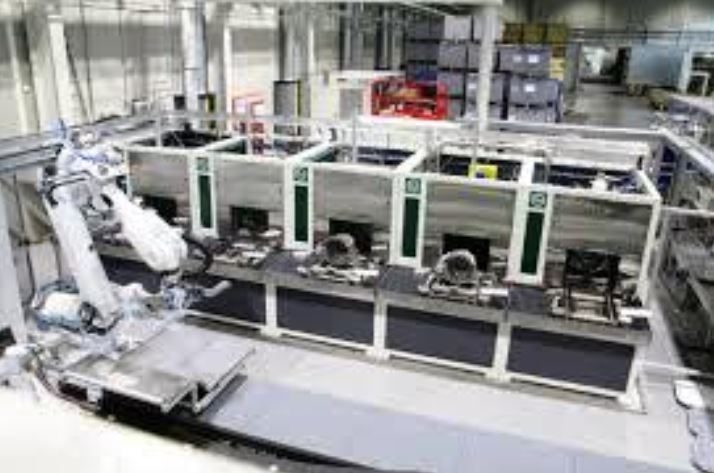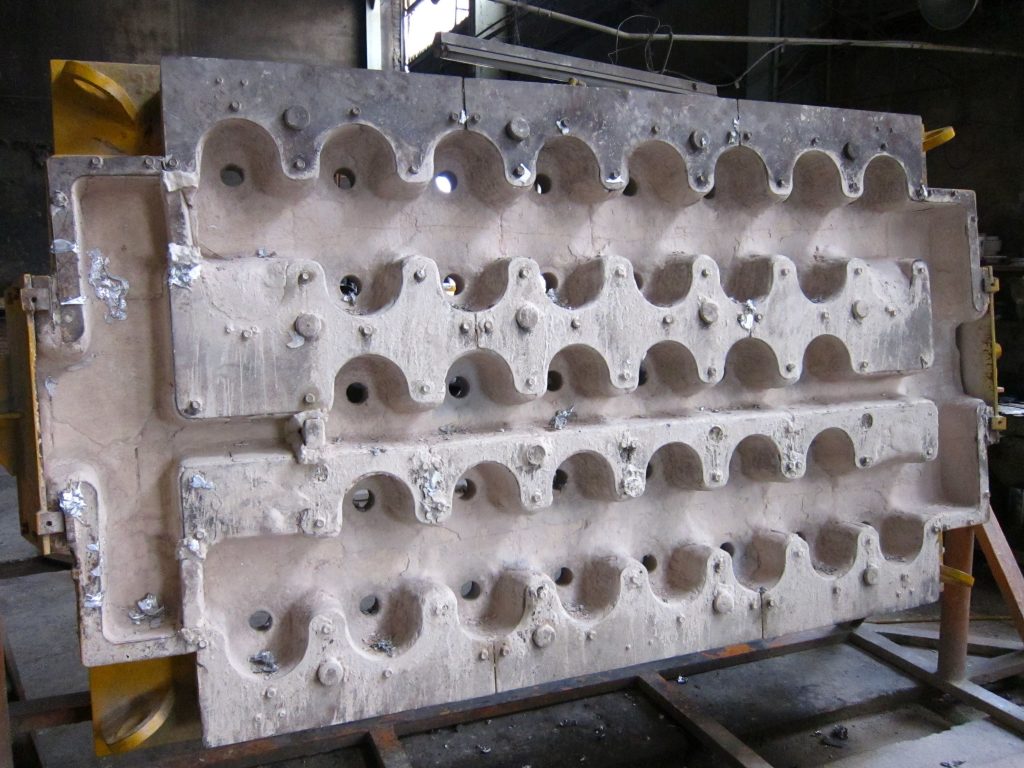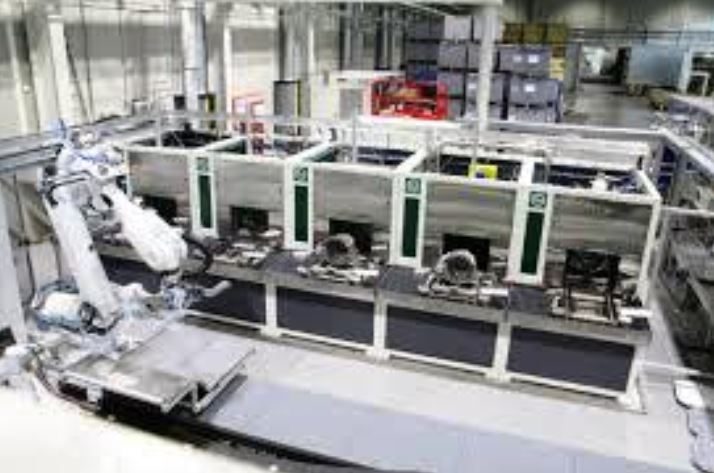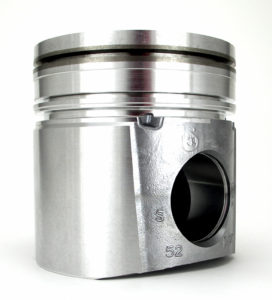
This post is a continuation of part 1 on What is Die Casting? Lately, we have gone through an introduction to what die casting is. We will now cover the three variants of this process:
1. Traditional die casting
2. Vacuum die casting (for structural applications)
– Alloys for die-casting
– Alliance Connect (offering the die casting process)
3. Semi-solid die casting (not too common)
1. Traditional die casting

This moulding process allows for the efficient production of commercial parts in large series. A sound and dense surface layer provides mechanical strength. However, elongations at break are low, and the centre of the part is usually porous.
For example, the piston moves at a speed that increases rapidly to a maximum of 2.12 m/s in the last few millimetres of its stroke and then decreases. The pressure in the metal rises to 260 bar.
2. Vacuum pressure moulding

The application of a vacuum between 25 kPa and 7 kPa during the moulding cycle allows evacuating the air in the cavity. This is a solution to the process to reduce the presence of porosity and obtain a dense part. With heat treatable, low iron alloys must maintain good elongation at break (for structural applications).
For instance, the vacuum is achieved by a vacuum pump and vacuum tank. The vacuum is made in the cavity at the beginning of the injection cycle and continues until the final filling. The central machine controller starts the vacuum employing a valve installed on the mould or more simply by a massive air draw and an opening valve. Also, the mould must be equipped with a mechanical valve system or a cooling block with a baffle (solid air draft) to avoid the introduction of liquid metal into the air draft system. The choice of the mechanical valve or cooling block system depends on the size of the press. Valves use less projected area but are more expensive and more challenging to maintain. The level of vacuum obtained in the mould cavity is also affected by the choice of the air duct’s blocking system; the valves have a faster response. They allow reaching an adequate level of a vacuum more quickly.

Nowadays, there is a solid technological development for vacuum moulding of automotive structural parts. The following techniques are used:
– Use of low-iron alloys with magnesium to perform heat treatments and strontium to modify the structure
– Turbulence-free filling of the container using a scupper or by tilting the furnace with in-line filtration of the liquid metal.
– Use of vacuum die-casting
– Control of the process and the temperature control of the mould.
– Development of heat treatments.
Alloys for die casting
The most common alloy for the traditional die casting process is 380, produced from recycled aluminium or a variation, 383, which is more fluid for fine detail casting. Another standard alloy is 360, which is used for high strength applications of complicated and corrosion-prone parts. These alloys are also available with low iron content (A380 and A360) to obtain better elongation at break, but their use reduces tool life due to the mould’s attack by liquid aluminium.
Other common alloys are:
– 413 used for more excellent resistance to wear and for sealing parts
– 443 for good ductility
– 390 for engine blocks
– 518 for marine parts
Foundry offering the pressure casting process
|
Company |
Web site |
Location |
|
Alliance Connect |
https://www.alliance-connect.com.au/ |
Victoria, Australia |
3. Semi-solid pressure moulding
These processes have been used industrially since the late 1990s. The aim is to mould an alloy in a paste phase (50% solid) in a mould. This allows us to obtain:
– The reduction of porosity
– Better dimensional tolerances
– Lower mould wear
– A very high production rate
– Better mechanical properties
Apart from the low porosity in the castings, the mechanical properties (especially elongation) are improved by a globularization of the metallurgical structure during the paste manufacturing process. The rounded form of the paste allows the rheo fluidization of the flow during casting, i.e. the flow becomes easier as the speed increases. Turbulence and flow separation are eliminated in this type of discharge, and besides, the air in the cavity is evacuated ahead of the flow front. This results in the production of good parts.
Several processes have been developed that compete with vacuum die-casting with new generation alloys or permanent low-pressure die-casting.
Instead, the new generation of methods produces the paste in close proximity to the die press.
These processes combine various methods of stirring the aluminium in the solidification phase and loading the paste into the die press container.
For even more information, please feel free to check the website of Alliance Connect.

2 Replies to “What is Die Casting (Part 2)”